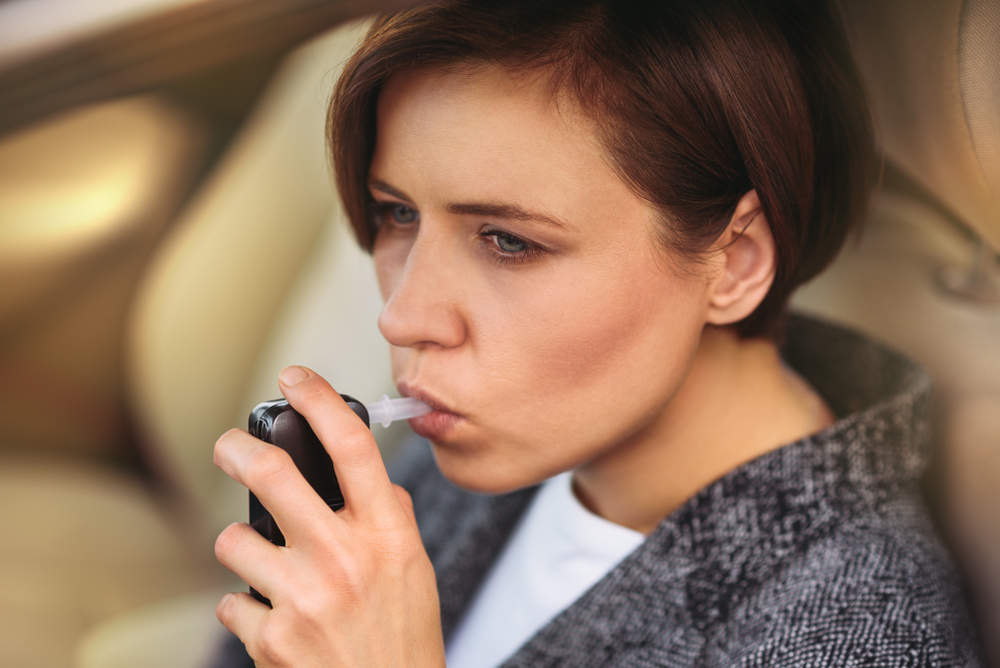Understanding “what is the legal alcohol limit in Texas” is crucial for anyone who drives in the state. The laws regarding alcohol consumption and driving are designed to ensure public safety and reduce the risk of accidents caused by impaired driving. This article will explore the legal alcohol limits, the consequences of exceeding those limits, and tips for staying within the legal boundaries. you can also read this Is a DUI a Felony in Texas?
Understanding Blood Alcohol Concentration (BAC)
What is BAC?
Blood Alcohol Concentration, or BAC, measures the amount of alcohol in a person’s bloodstream. It is typically expressed as a percentage. For example, a BAC of 0.08% means there are 0.08 grams of alcohol per 100 milliliters of blood.
How is BAC Measured?
BAC can be measured using breath, blood, or urine tests. Breathalyzers are commonly used by law enforcement to estimate BAC on the spot. More accurate measurements can be obtained through blood tests.
Legal Alcohol Limit in Texas
General Legal Limit
In Texas, the legal alcohol limit for drivers aged 21 and over is a BAC of 0.08%. This means that if a driver’s BAC is 0.08% or higher, they are considered legally intoxicated and can be charged with Driving While Intoxicated (DWI).
Commercial Drivers
For commercial drivers, the legal limit is stricter. The BAC limit for drivers holding a commercial driver’s license (CDL) is 0.04%. This lower limit reflects the increased responsibility and potential danger associated with operating larger vehicles.
Underage Drivers
For drivers under the age of 21, Texas enforces a zero-tolerance policy. Any detectable amount of alcohol in their system, even if it is below 0.08%, can result in a charge of Driving Under the Influence (DUI) by a Minor.
Penalties for Exceeding the Legal Alcohol Limit
First Offense
A first DWI offense in Texas can result in penalties including fines up to $2,000, jail time of 3 to 180 days, loss of driver’s license for up to a year, and an annual fee of $1,000 or $2,000 for three years to retain the driver’s license.
Second Offense
For a second offense, the penalties increase significantly. Fines can go up to $4,000, jail time ranges from 1 month to 1 year, and the driver’s license can be suspended for up to 2 years. There is also an annual surcharge of $1,500, $2,000, or $2,500 for three years.
Third Offense
A third DWI offense is considered a felony. Penalties include fines up to $10,000, 2 to 10 years in state prison, and a driver’s license suspension for up to 2 years. The annual surcharge to retain the driver’s license can be $2,000 or $2,500 for three years.
Enhanced Penalties
Enhanced penalties may apply if there are aggravating factors, such as having a child passenger under the age of 15, causing an accident with serious injury or death, or having a BAC significantly above the legal limit.
Factors Affecting BAC
Rate of Consumption
The speed at which alcohol is consumed affects BAC. Drinking several drinks in a short period will raise BAC more quickly than drinking the same amount over a longer period.
Body Weight and Composition
Individuals with higher body weight or more muscle mass may have lower BAC levels than those with less body weight or higher body fat, given the same amount of alcohol consumption.
Food Intake
Eating before or while drinking can slow the absorption of alcohol into the bloodstream, resulting in a lower BAC.
Gender
Women generally have higher BAC levels than men after consuming the same amount of alcohol. This is due to differences in body composition and metabolism.
Medications and Health Conditions
Certain medications and health conditions can affect how the body processes alcohol, potentially leading to higher BAC levels.
Tips for Staying Within the Legal Limit
Know Your Limits
Understanding how alcohol affects you personally is crucial. Keep track of how many drinks you’ve had and over what period.
Use a BAC Calculator
Online BAC calculators can provide an estimate of your BAC based on factors such as the number of drinks, body weight, and time elapsed.
Designate a Driver
If you plan to drink, arrange for a designated driver who will remain sober and ensure everyone gets home safely.
Use Alternative Transportation
Consider using rideshare services, taxis, or public transportation if you’ve been drinking.
Drink Responsibly
Pace yourself and avoid binge drinking. Alternate alcoholic drinks with water or non-alcoholic beverages.
The Importance of Following the Legal Limit
Safety on the Roads
Staying within the legal alcohol limit helps ensure the safety of not just the driver, but also passengers and other road users.
Legal and Financial Consequences
Avoiding a DWI can save you from hefty fines, legal fees, increased insurance premiums, and potential jail time.
Social Responsibility
Driving sober is part of being a responsible member of the community. It sets a good example for others and contributes to overall public safety.
Conclusion
In conclusion, knowing “what is the legal alcohol limit in Texas” is essential for anyone who drives in the state. For most drivers, the limit is a BAC of 0.08%, but stricter limits apply to commercial drivers and underage individuals. Exceeding these limits can result in severe penalties, including fines, jail time, and license suspension. By understanding the factors that affect BAC and following tips for responsible drinking, drivers can stay within the legal limits and contribute to safer roads in Texas.



